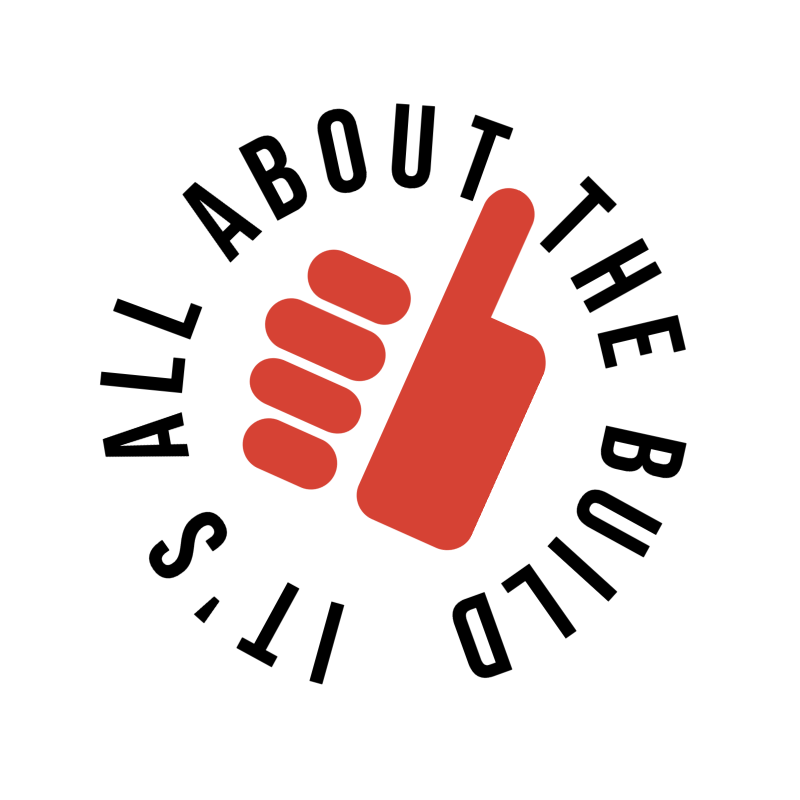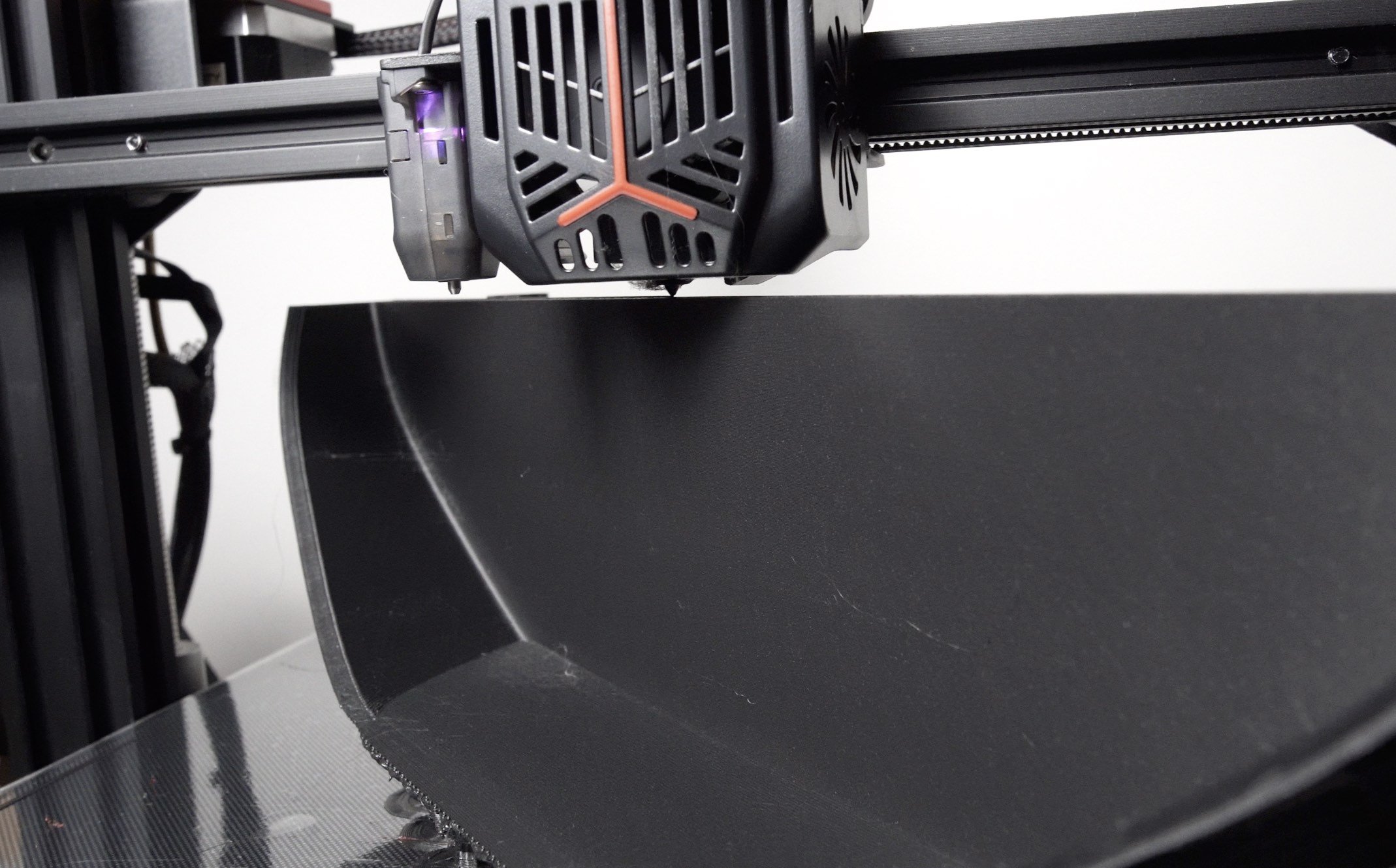40 Year Old BMW Gets A Digital Dash
GOT AN OLD CAR THAT’S IN NEED OF A NEW DASHBOARD? With a few parts and some spare time, you can BUILD your own custom digital dash with a Raspberry Pi and a IPS LCD touch screen.
THE PARTS LIST
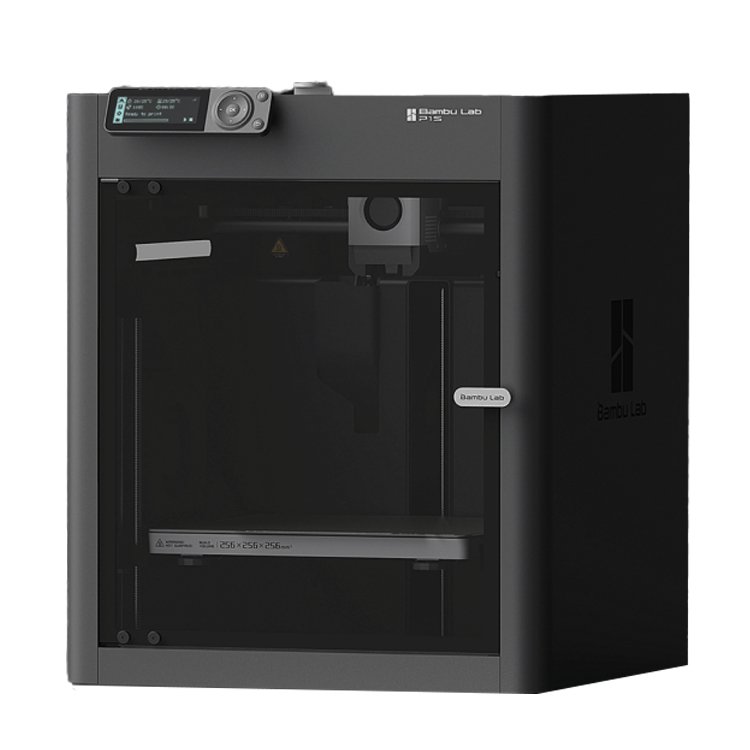
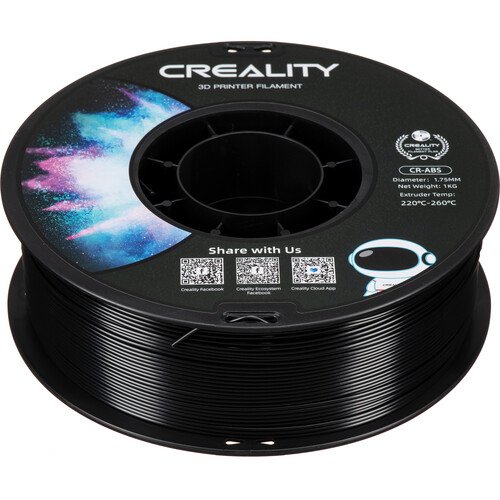
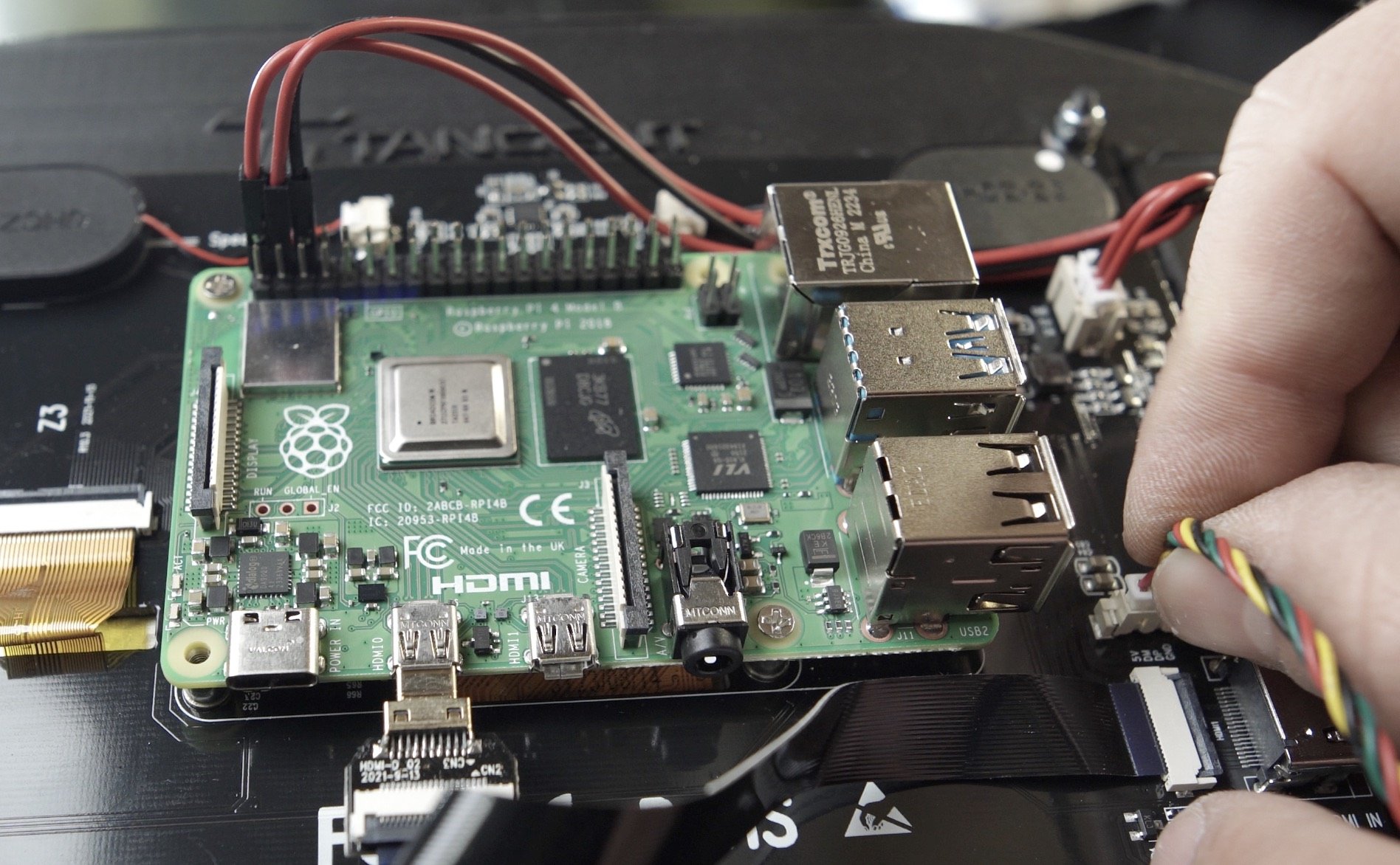
E30 DASHBOARD CLUSTER
First we need to replace our original broken dashboard cluster with a new blank cluster insert.
Luckily we found a pre-made 3d model design which was only $30 from Tangent Innovation Group.
The 3d model is an exact replica of the original dashboard with correct screw mounting holes. It just has a large blank surface which will allow us to cut and mount any flavor of screen or gauges into.
Next up, we just needed the right 3d printer in order to print the massive blank cluster.
We opted for an Ender 3 Max Neo (Ender 3 Plus is the newest version) which is great for printing larger car parts. It has a massive 11.3”x11.3”x12.6” print bed.
The larger bed allowed us to print the entire dash in one piece. We just had to play around with the build orientation a bit to get the fitment just right.
The selected tree supports for the overhangs made things a bit tricky, but provided the best support without significantly increasing print time.
Flipping the cluster gauge upside down and rotating it diagonally across the print bed seemed to do the trick. Slanting the dash also reduced the amount of tree supports and print time.
We used matte black PLA we had lying around from a previous project which left a nice matte finish on the dash. 18 hours later we had a newly 3d printed e30 blank cluster gauge.
We also recommend printing with ABS filament The ABS filament will stand up to harsh heat and sunlight around your dash compared to PLA filament.
Check out more details on 3d printed car parts here.
After some initial measurements we found that a 7 inch IPS from Amazon which fit perfectly..
The size lined up in the center of the dashboard without taking too much space. And the 4 mounting holes would allow us to properly mount the screen.
The screen also includes capacitive touch support and mounting holes for a Raspberry Pi directly behind the screen.
Make sure you snag a Raspberry Pi 4 with 4 GB of RAM or one that’s newer. If you use an older Raspberry Pi then you’ll have lagging issues.
Note: Also purchase a fast micro SD card to prevent lag and long boot times.
DASHBOARD SOFTWARE
Which software you pick will heavily depend on your engine/ECU.
If you plan to stick with the original BMW Jetronics, you’ll have to figure out how to read different signals from the ECU or DME. This will more than likely require ADC (Analogue to Digital Converter) inputs which the Raspberry Pi doesn’t have.
If you have a newer car with OBDII you could go with software options like OpenAuto Pro or Realdash.
SOFTWARE OPTIONS
Tuner Studio also has an application called TS Dash with a premade downloadable image that you can install directly onto a microSD card. The Raspberry Pi can then boot directly from the microSD card.
TS Dash also has a designer mode which allows you to customize the look of your digital dashboard. This allowed us to create a custom digital retro design.
We plan to replace the Jetronic ECU with a standalone ECU like Speeduino, so we choose to go with Tuner Studio.
